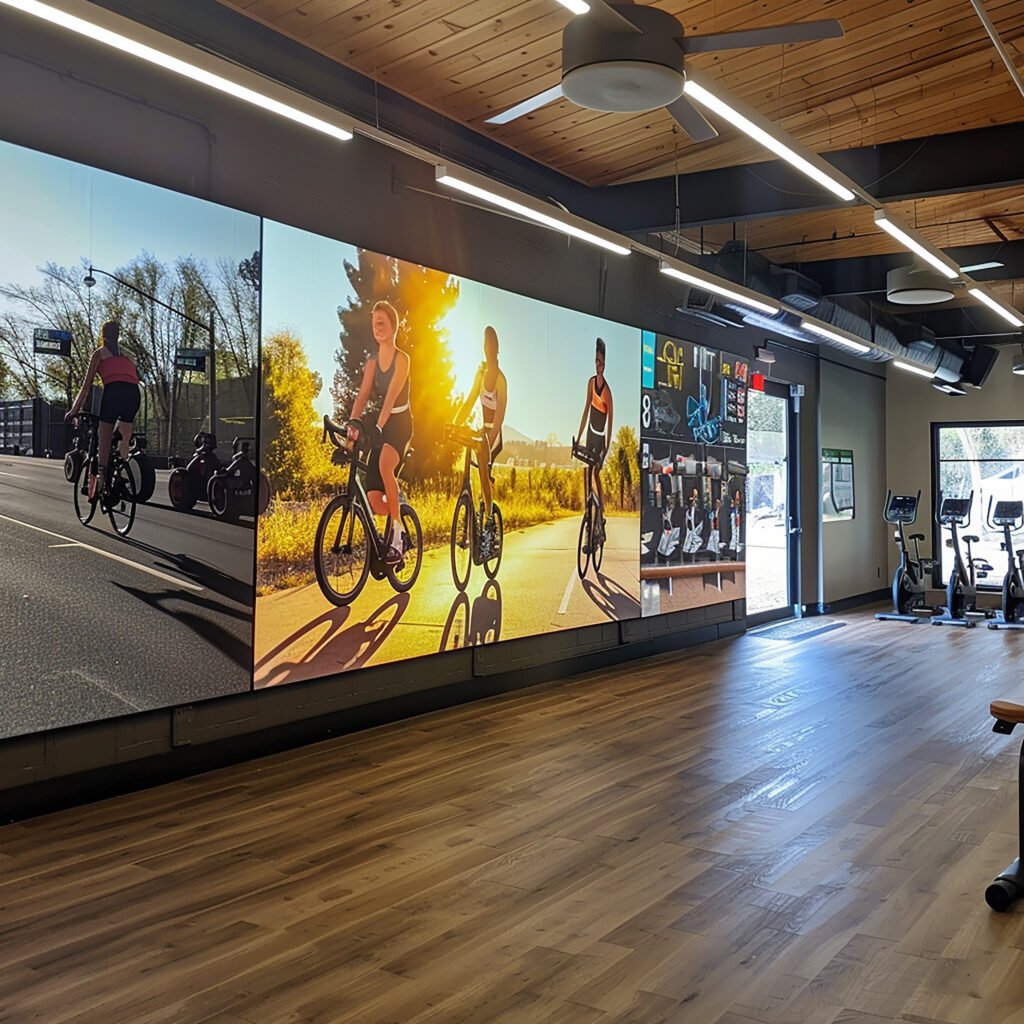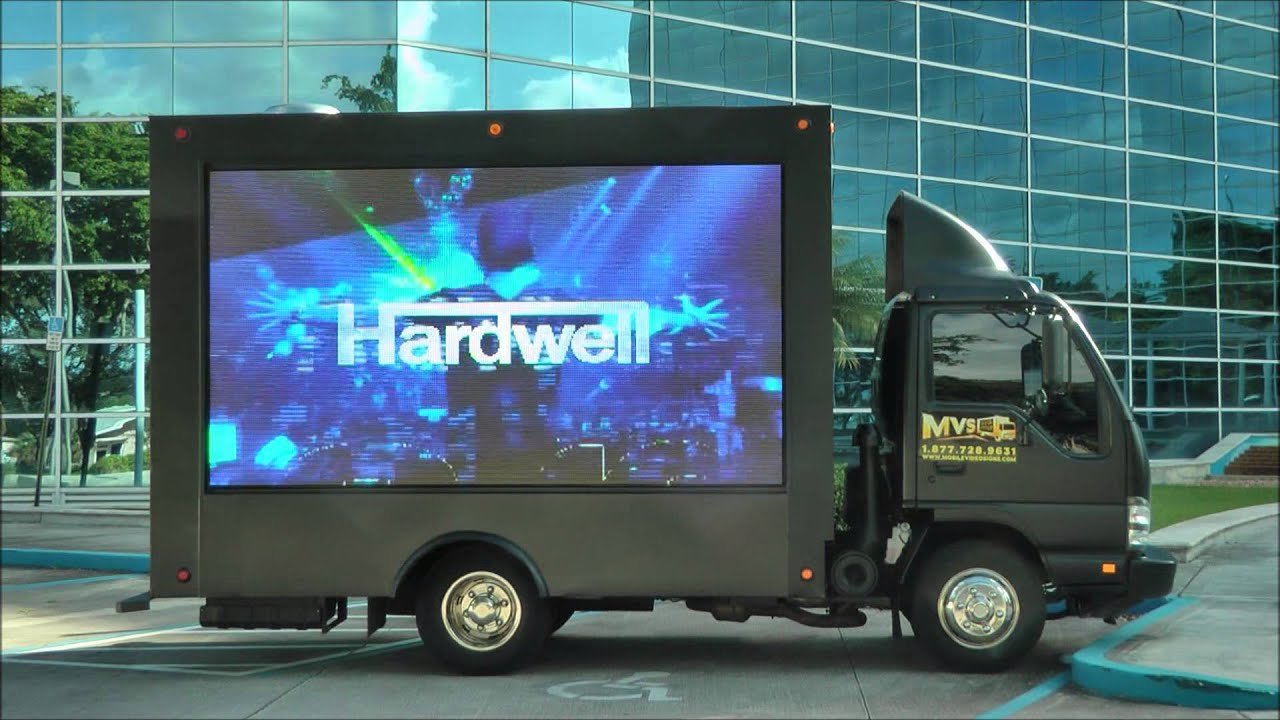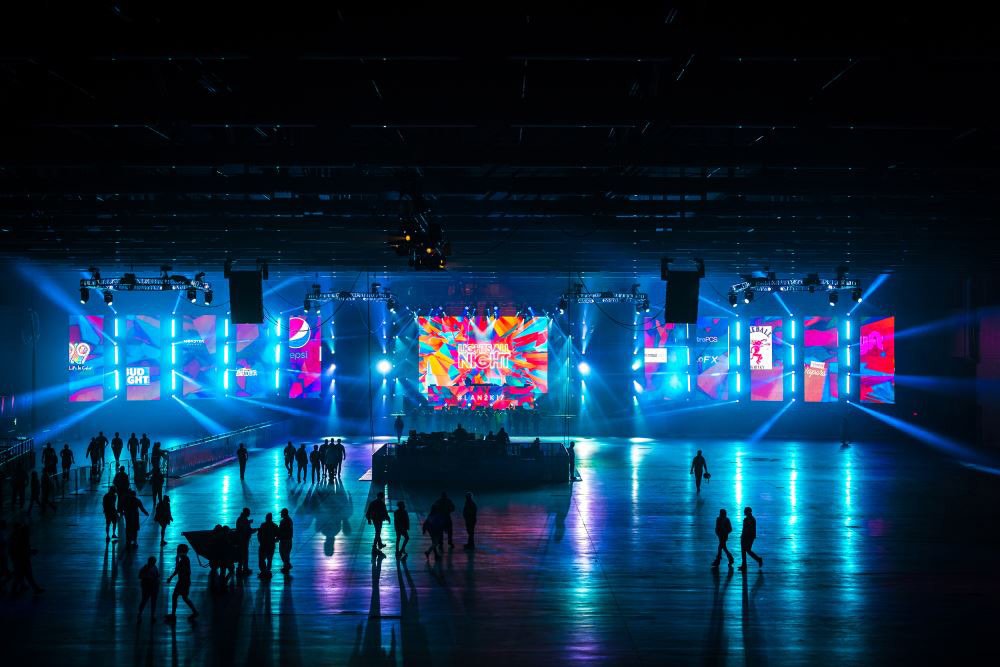SMD Screens is a term that’s frequently used when discussing modern screen technology, especially in the context of LED displays. This advanced technology is commonly found in commercial advertising, digital signage, and high-quality visual displays. In this article, we’ll explore what SMD screens are, how they work, and why they are a preferred choice for various applications.

Understanding SMD Screen Technology
SMD technology in screens refers to the way light-emitting diodes (LEDs) are mounted on the display’s circuit board. With SMD displays, the LEDs are attached directly onto the surface of the circuit board without using wires. This surface-mount technique has many benefits that contribute to the high performance and versatility of these screens.
How Does SMD Technology Work?
In an SMD screen, each pixel is composed of three smaller LEDs — red, green, and blue — arranged closely together. These LEDs combine to create a full range of colors, delivering bright, sharp, and vibrant visuals. This close arrangement enables the screen to display high-definition content with smooth color transitions, even at lower power consumption.
Key Benefits of SMD Displays
SMD displays offer several advantages that make them popular for both indoor and outdoor displays:
- High Resolution and Image Quality
SMD displays are known for their ability to deliver clear, vibrant images. With the compact arrangement of LEDs, SMD displays can achieve high resolutions, which are ideal for applications requiring detailed visuals. - Space Efficiency
The surface-mount technique used in SMD displays allows for a slimmer design, making these screens highly space-efficient. This compactness makes them suitable for installation in various environments, from retail spaces to stadiums. - Energy Efficiency
SMD technology uses less power compared to older LED technologies. The reduced power consumption means that SMD displays are a more energy-efficient option, particularly for long-term usage in commercial spaces. - Wide Viewing Angles
SMD displays are designed to maintain color accuracy and clarity from a wide range of viewing angles. This makes them ideal for public displays and large gatherings where people view the screen from various positions.
Applications of SMD Displays
SMD screens are versatile and can be found in many different settings:
- Advertising and Digital Signage: In malls, airports, and billboards, SMD screens are used for their high-quality visuals that capture attention.
- Events and Entertainment: Concerts, sports events, and other gatherings use large SMD screens to ensure clear visibility from all areas.
- Educational and Corporate Presentations: SMD screens are a common choice for schools and offices due to their ability to deliver detailed presentations and visuals.
- Informational Displays: From transit stations to trade shows, SMD screens display timely information like schedules, news, or promotional content effectively.
Comparing SMD to Traditional LED Technology
| Feature | SMD Screen | Traditional LED Screen |
| LED Placement | Surface-mounted on the circuit board | Individually wired to the board |
| Size | Compact and slim | Usually bulkier |
| Image Quality | High-resolution, vibrant colors | Lower resolution, less vibrant |
| Energy Efficiency | High | Moderate to low |
| Ideal Applications | Indoor and outdoor digital signage | Mainly outdoor, limited indoor use |
Final thoughts
SMD technology has revolutionized the display industry by offering screens that are space-efficient, energy-efficient, and visually stunning. Whether for advertising, entertainment, or informational purposes, SMD screens provide the versatility and performance that meet the needs of today’s fast-paced environments. Understanding what SMD stands for and how it works can help businesses and individuals make informed choices when considering display solutions that maximize both visual impact and energy savings.




